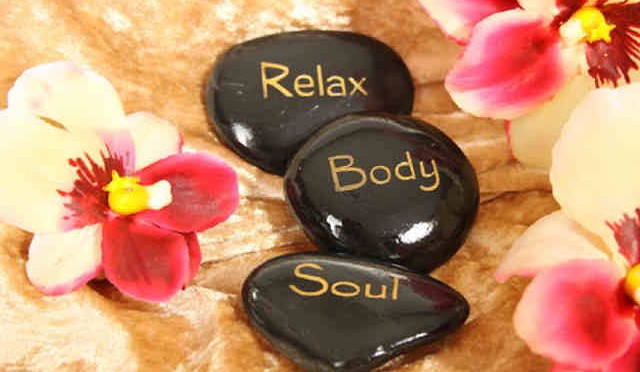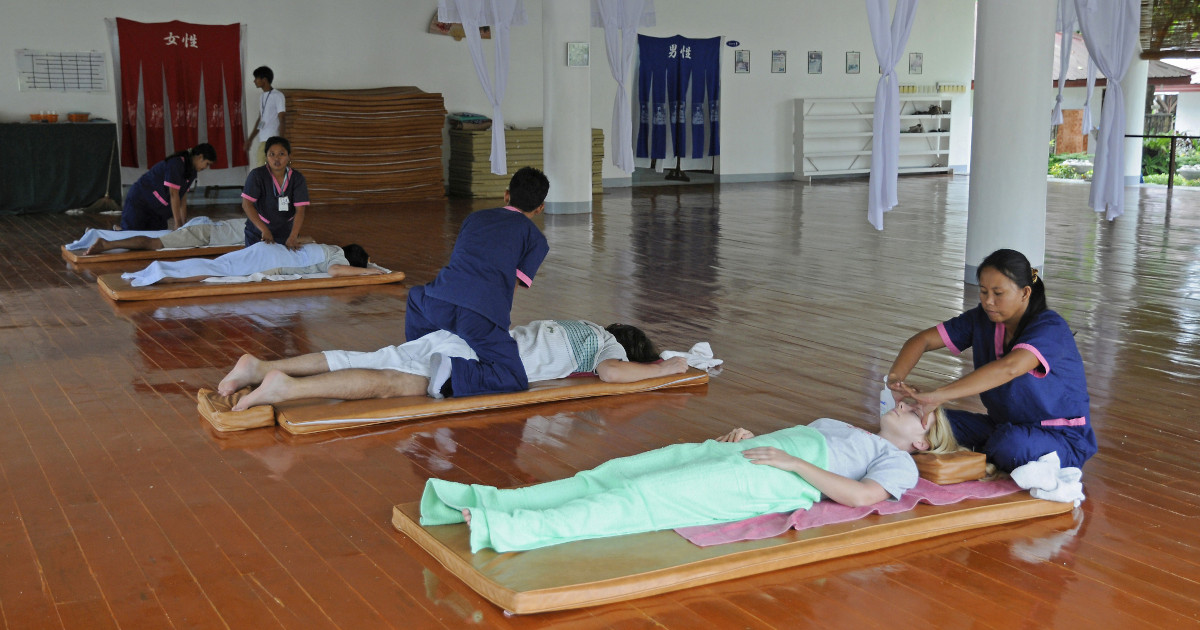Thai massage, also known as traditional Thai massage or Thai yoga massage, is an ancient form of healing practiced since the time of the Buddha in India. It combines elements of Ayurvedic medicine with postures and stretches inspired by yoga and martial arts to work on energy lines running through the body. Although its roots date back thousands of years ago, it has only been popularized in Thailand in recent times. In this blog post, we take a journey into exploring how this powerful modality was developed over centuries and how it emerged from ancient Indian teachings to become a well-known practice around the world today.
Tracing the Origins of Thai Massage to Ancient India
Thai massage is a practiced technique that many people credit to its origins in Thailand. This may surprise some, however, the history of this ancient art of bodywork dates back much further than we realizes. In fact, when it comes to tracing the roots of this practice, they can be found all the way back in Ancient India, around 2,500 years ago! At this time, Edwin Smith Papyrus composed detailed descriptions and illustrations of various massage methods including pressure points and acupressure techniques similar to those used in modern Thai massage. While this form of healing bodywork has likely changed through the centuries since its inception in India, it is impressive to note how strong the ties are between its beginnings and the current-day approaches found here in Thailand.

Exploring the Innovation and Evolution of Thai Massage in Thailand
Dating back to ancient India, the practice of Thai massage has evolved significantly over the centuries. Exported to Thailand, this therapeutic form of touch has been adapted and transformed in traditional temples across the country for many generations. Initially used for spiritual and healing rituals, Thai massage today is a favourite wellness practice of locals and visitors alike. Combining acupressure and energy-balancing techniques with yoga postures, this discipline involves both the practitioner and recipient in an intimate dance-like movement. While its many variations have endured throughout the centuries - from northern Thailand's slower green style to southern Singapore's more active red method - Thai massage continues to have an impressive impact on both physical and psychological functioning. It's easy to see why this timeless practice has stood the test of time.
Recognizing the Traditional Components of a Thai Massage
A Thai massage is a unique form of bodywork that has its roots in ancient India. This tradition of bodywork was brought to Thailand centuries ago, and it has evolved over time to become an integral part of traditional Thai culture. In a traditional Thai massage, multiple components join together to create the optimal healing experience. This can include deep tissue work, gentle stretching, pressure point work, and joint manipulation. Each element works together harmoniously in order to provide maximum benefit to the recipient. Further, many practitioners will incorporate Thai herbs with essential oils into their sessions in order to add further healing benefits. By being aware of all these distinct elements within a session and understanding their importance, we can learn more about what makes the practice of Thai massage so special.
Investigating the Benefits of Thai Massage for Relaxation and Healing
Thai Massage has been used for centuries to tackle a wide array of physical and mental ailments, due to its roots as an ancient practice originating in India. As the technique evolved in Thailand, it became renowned for its ability to relieve stress and tension from both the body and mind, making it a popular choice for those looking for relaxation and healing. Today, many seek out this special type of massage therapy to achieve better overall well-being. Its unique mixture of stretching and pressurized hand strokes can help reduce anxiety, induce relaxation, and increase energy levels, making it a valuable addition for anyone who is interested in exploring natural treatments to boost their health and wellness.

Learning About the Different Forms of Thai Massage
Learning about the different forms of Thai massage can be an enlightening experience. This ancient practice has its roots in India, where it was developed and practiced thousands of years ago. Once Buddhism took hold in Thailand, traditional Thai massage began to incorporate elements of this ancient form. Consequently, the benefits and techniques associated with this type of massage have had a long history and tradition of refinement in Thailand. Beyond learning about these historical roots, exploring the various forms of modern-day Thai massage can build a deeper understanding and appreciation for this ancient art.
Tips for Finding an Authentic Thai Massage Practitioner
Finding an authentic Thai massage practitioner can be a challenge, as the practice has experienced a surge in recent years. To ensure that you are getting a massage from a knowledgeable and certified professional, there are a few key tips to bear in mind. First of all, do research into practitioners near your area and make sure that they have acquired the necessary certification. Additionally, inquire about their individual experience with Thai massage and if they offer any specialties beyond its traditional form. By following these steps and trusting your instincts, you can confidently find an authentic Thai massage practitioner who will provide you with a deeply rooted healing experience steeped in tradition.
Thai massage is a type of massage that has evolved from its roots in ancient India to become an integral part of Thai culture. Though the traditional components, such as reflexology, rolling, and acupressure are still included today, the practice has grown to incorporate new forms such as assisted yoga and aromatherapy. The combination of stretching, muscle compression, and oil massage provides relief from pain and tension while increasing flexibility, improving blood circulation, and promoting relaxation. What's more, these benefits are only magnified with regular treatment - allowing you to experience holistic healing alongside physical wellness. In order to find the most authentic practitioner for your needs, consider researching their qualifications and observing the practice of their techniques first-hand. No matter which forms of Thai massage you choose, it is certain to be an enriching experience that will strengthen your connection to both your body and mind.

